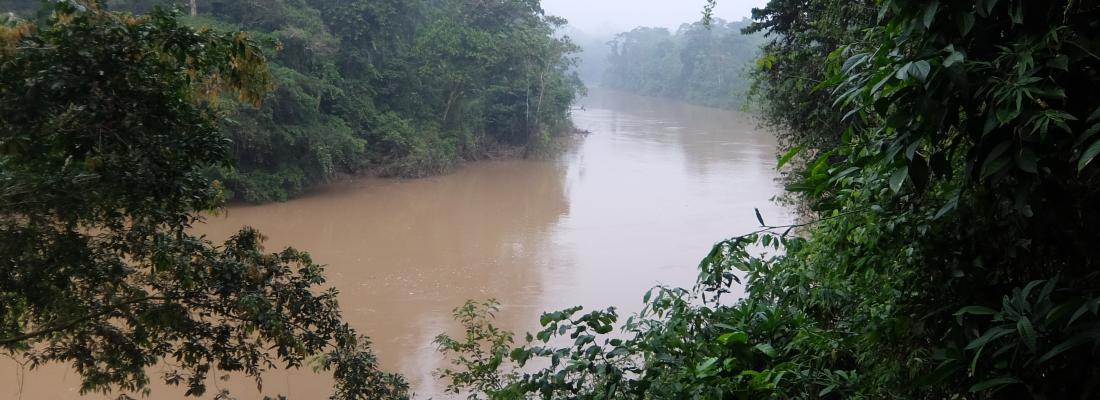Biodiversity Reading time 3 min
Convention on Biological Diversity: improved evaluation to prevent biodiversity loss
Published on 27 July 2020

Proposed indicators
To meet global conservation goals, the scientists propose that genetic diversity within all species must be conserved, measured and monitored using appropriate metrics. The three indicators they propose are available immediately, are applicable to all species and are scalable, or, in other words, can be calculated locally, regionally or globally.
- The number of populations (or breeds) within species whose effective population size is higher than 500, and those whose effective population size is lower than 500.
- The proportion of (sub)-populations (or geographic range) maintained within species when compared to a historic reference.
- The number of species and populations in which genetic diversity is being monitored using DNA-based methods.
Revised goals
Goal for 2030: to maintain existing genetic diversity and put an end to the loss of genetic diversity in all species. Design and implement strategies to prevent future loss of genetic diversity.
Goal for 2050: to secure and restore adaptive potential and the long-term maintenance of genetic diversity within populations of all species.
For more information: the policy brief can be downloaded in English and in several other languages using the following link: https://sites.google.com/fmach.it/g-bike-genetics-eu/reports-publications/biological-conservation)
1. https://www.inrae.fr/actualites/biodiversite-apres-2020-diversite-genetique-oubliee (French only)
2. Genetic diversity targets and indicators in the CBD post-2020 Global Biodiversity Framework must be improved. Hoban et al. Biological Conservation, Volume 248, August 2020, 108654 : https://doi.org/10.1016/j.biocon.2020.108654
In the INRAE-Université de Bordeaux Joint Research Unit for Biodiversity, Genes and Communities (BIOGECO), Myriam Heuertz, INRAE Research Director and co-author of the articles in Science and Biological Conservation, is working on the genetic diversity of tropical trees. She is particularly interested in the genetic delimitation of closely related tree species in French Guiana and their genetic adaptations to environmental variation. In BIOGECO, a central research theme concerns the evolutionary history and response of species and communities to global change, with emphasis on socio-economically important tree species such as pines, oaks and other trees, as well as their associated organisms. Genetics thus enables scientists from the Université de Bordeaux and INRAE to produce fundamental knowledge which can serve as a tool to predict the responses of forests to global change in order to ensure the provision of ecosystem services and to better protect their biodiversity.
